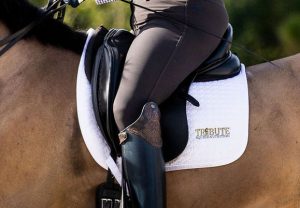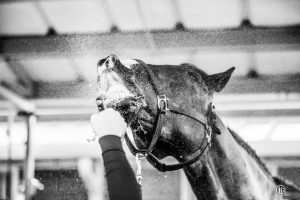For Want Of A Schoolmaster
I have a hypothesis. And it’s only a hypothesis and not a theory because I have 0 data to back this up. But bear with me.
Everyone is always looking for some version of this horse: 8-15 years old, amateur temperament, easy to ride, trained to Prix St. Georges. We’ve never, ever had enough of them to satisfy the market. But man oh man, lately it’s like… where are they?
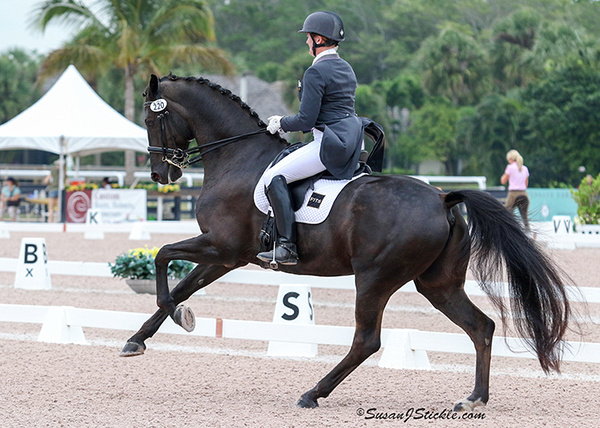
I could sell ten Fenders a day, if I had them to sell. Sue Stickle photo.
Now to the math part, and a trip on the Wayback Machine. Remember when the bottom fell out of the economy between 2008 and 2010? Horse breeders and horse trainers were affected, just like everyone else, so breeders made fewer babies between 2009 and 2011, and fewer quality trainers could afford to give the horses born in the few years before the the right start. Great horses are made between ages 3-6; from there, even if they’re waylaid for a few years, they can still make it up the levels, but if they don’t get pressure applied in the right way, and learn how to learn in those formative years, it makes the journey up the levels really hard.
So that economic downturn would have affected horses, roughly, born between 2003 and 2011. And in 2022, those horses would be between 11 and 19 years old, particularly at the bottom of that range.
There’s a million other factors about why good horses are so hard to find right now, and the demand for youngstock is wild too. But the trickle down effect of that economic downturn might be a factor as well (and, unfortunately, one I don’t know how to solve!)
But certainly if you’ve got the time and the funds to invest in a quality young horse and park it under someone competent to make it, now’s a heck of a good time. Well trained horses will always be marketable!
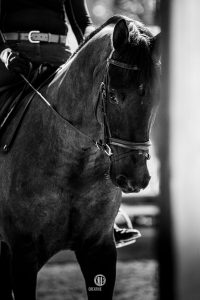
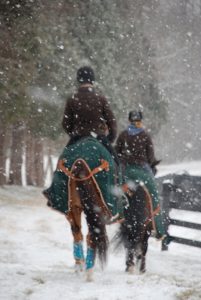 It’s the Most Wonderful Time of the Year! The time where you have to figure out how to not go into debt while also showing your love and appreciation for those you care about, and also where here in Virginia it’s 40* during the day but 20* at night so the ground is a shoe-sucking quagmire. (Ok, so maybe it’s the Second Most Wonderful Time of the Year. Or the Third. Whatever.)
It’s the Most Wonderful Time of the Year! The time where you have to figure out how to not go into debt while also showing your love and appreciation for those you care about, and also where here in Virginia it’s 40* during the day but 20* at night so the ground is a shoe-sucking quagmire. (Ok, so maybe it’s the Second Most Wonderful Time of the Year. Or the Third. Whatever.)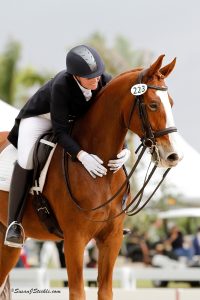 I was 19 or 20 years old, working summers for my childhood trainer outside Chicago. He’d been sent this shrimpy little three year old KWPN Harness-type stallion, cheeky as hell, lightly broke, and very, very spooky. I had to lead him with a whip, not because I was afraid of him, but because he wanted to balk and hide behind me as he walked. We restarted him, and then I had to have someone in the arena with a lunge whip for a while, because he’d suck back so badly about the corners of the indoor that I couldn’t make him go without assistance. He was a nuisance in the gelding field, constantly pestering the big draft cross – appropriately named Thunder – who had heretofore quietly run the herd with benevolence and grace, and instead had to contend, daily, with this annoying little Midge of a Dutch Horse… which led to his nickname. And when I went back to college in the fall, I didn’t give him a second thought.
I was 19 or 20 years old, working summers for my childhood trainer outside Chicago. He’d been sent this shrimpy little three year old KWPN Harness-type stallion, cheeky as hell, lightly broke, and very, very spooky. I had to lead him with a whip, not because I was afraid of him, but because he wanted to balk and hide behind me as he walked. We restarted him, and then I had to have someone in the arena with a lunge whip for a while, because he’d suck back so badly about the corners of the indoor that I couldn’t make him go without assistance. He was a nuisance in the gelding field, constantly pestering the big draft cross – appropriately named Thunder – who had heretofore quietly run the herd with benevolence and grace, and instead had to contend, daily, with this annoying little Midge of a Dutch Horse… which led to his nickname. And when I went back to college in the fall, I didn’t give him a second thought.
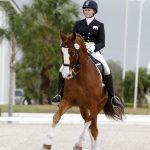
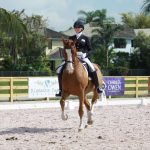


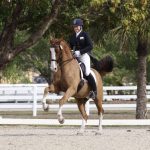
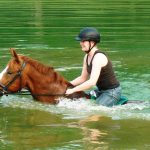
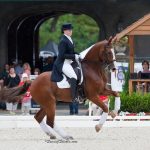
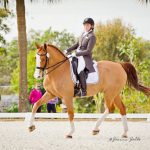
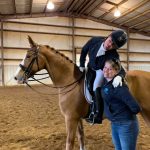
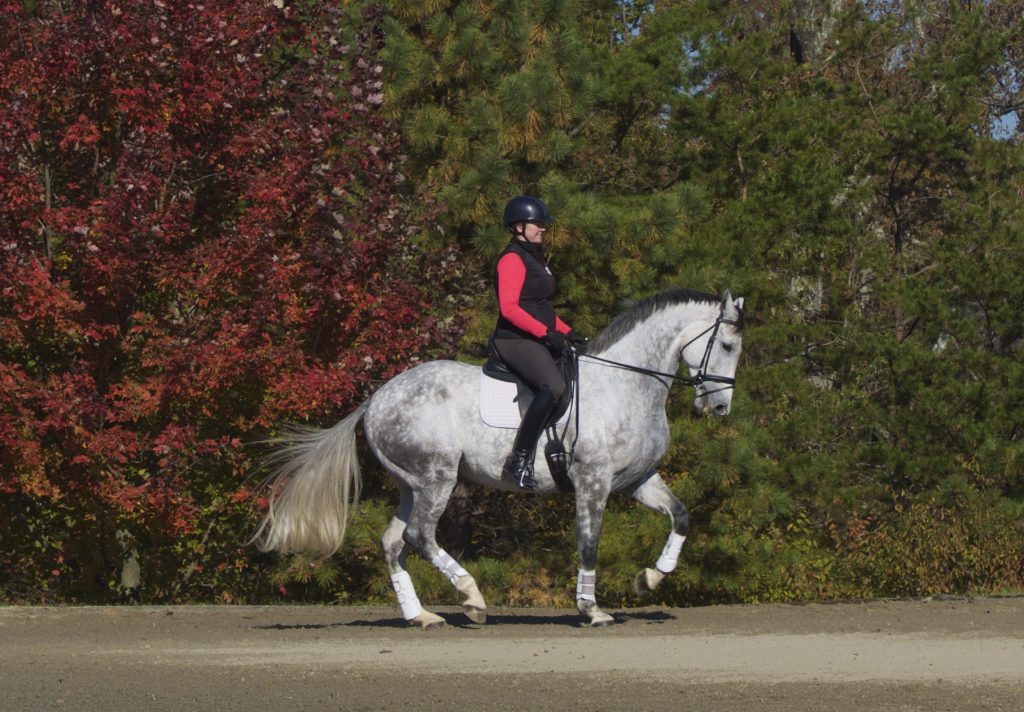
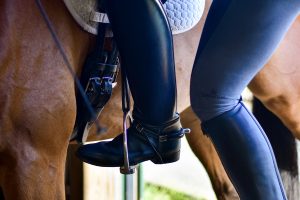
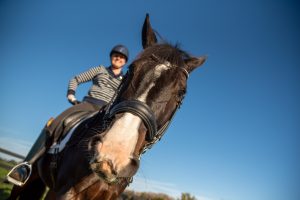 There’ve been a lot of horsey news stories in the last few weeks, between the Olympics, and various things happening in domestic horse sport management. I don’t have enough thoughts on any one individual phenomenon to write a proper blog about it, so here’s a bunch of little, well, snippets.
There’ve been a lot of horsey news stories in the last few weeks, between the Olympics, and various things happening in domestic horse sport management. I don’t have enough thoughts on any one individual phenomenon to write a proper blog about it, so here’s a bunch of little, well, snippets.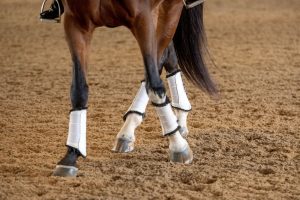 You come out to ride, you groom, you tack up, you hop on… and your horse is lame. What do you do? You certainly can call the vet right away, but there’s a few things I like to rule out first, when I encounter a mild lameness.
You come out to ride, you groom, you tack up, you hop on… and your horse is lame. What do you do? You certainly can call the vet right away, but there’s a few things I like to rule out first, when I encounter a mild lameness.